How To Set A Budget For Paid Search
Last Updated: February 28, 2022
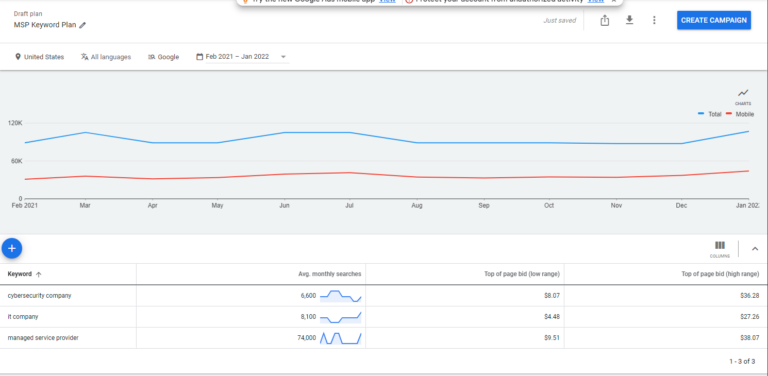
In this post, we’re going to break down how to set a budget for paid search to run lead generation campaigns for your B2B tech org. Let’s assume for the purposes of this post that you are seeking to set a budget that will effectively establish a pay-per-click lead generation pipeline and target approximately 10 inbound leads per month. Let’s also assume that there is no upper bound on a budget, but rather you seek to set the right budget to get the results you want. We will be walking through our example of how to set an effective budget using Google Ads paid search campaigns as our lead generation tool.
Conversion Rates And How They Impact Budget
Conversion rates are going to impact how far your budget really goes and a higher conversion rate will mean a lower budget required to achieve your goals. Running paid search campaigns for longer periods of time usually means improved conversion rates the longer you advertise. This is because machine learning takes time, trial and error, and data to perform effectively. When starting out your conversion rate will be lower. In my experience new advertisers tend to convert in the 2-5% range, depending on the competitive ferocity of the market they participate in. As they advertise longer and tune their account this can climb up into more of the 5-15% range or higher. In this example, we will assume that a baseline conversion rate will be 5%. That means we will generate 5 leads for every 100 clicks or 1 lead for every 20 clicks.
Cost Per Click And How It Impacts Budget
Ok, so we are estimating that we are able to achieve a conversion rate of 5%, meaning that we need 20 clicks to snag 1 conversion. Now we need to get a better understanding of what a cost per click might be. To do this we can use the Google Keyword Planner tool available within your ad account. You can work with a PPC consultant to determine what some appropriate keywords may be for your account and look them up within the keyword planner for your local geography to get search volume forecasts and approximate bids for your location.
For example, let’s say we were running a paid search campaign for a managed service provider and came up with a few keywords to use as a baseline for our plan.
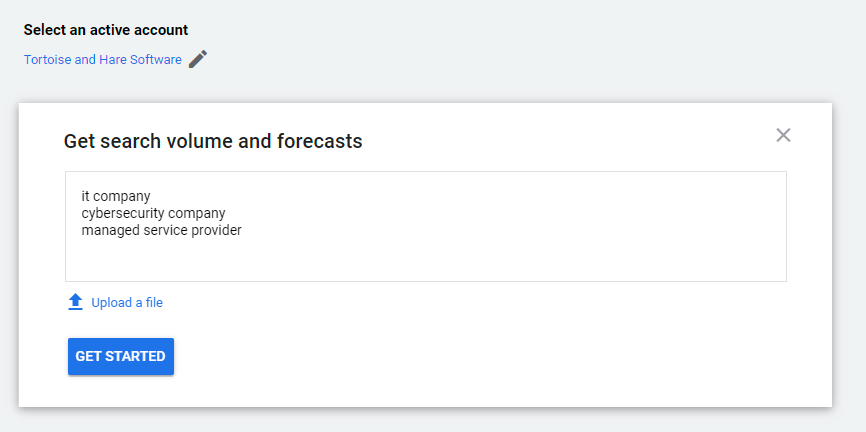
We use those keywords to get a search volume estimate and approximate bids for the keywords we intend to target. You can take the top of page bid and bottom of page bid, add them together and divide by 2 to get an estimated average cost per click. For instance, the keyword “managed service provider” has a top-of-page bid range from $9.51 to $38.07 in the graphic below. We can add those numbers together and divide them by 2 to get an estimated average cost per click of $23.79.
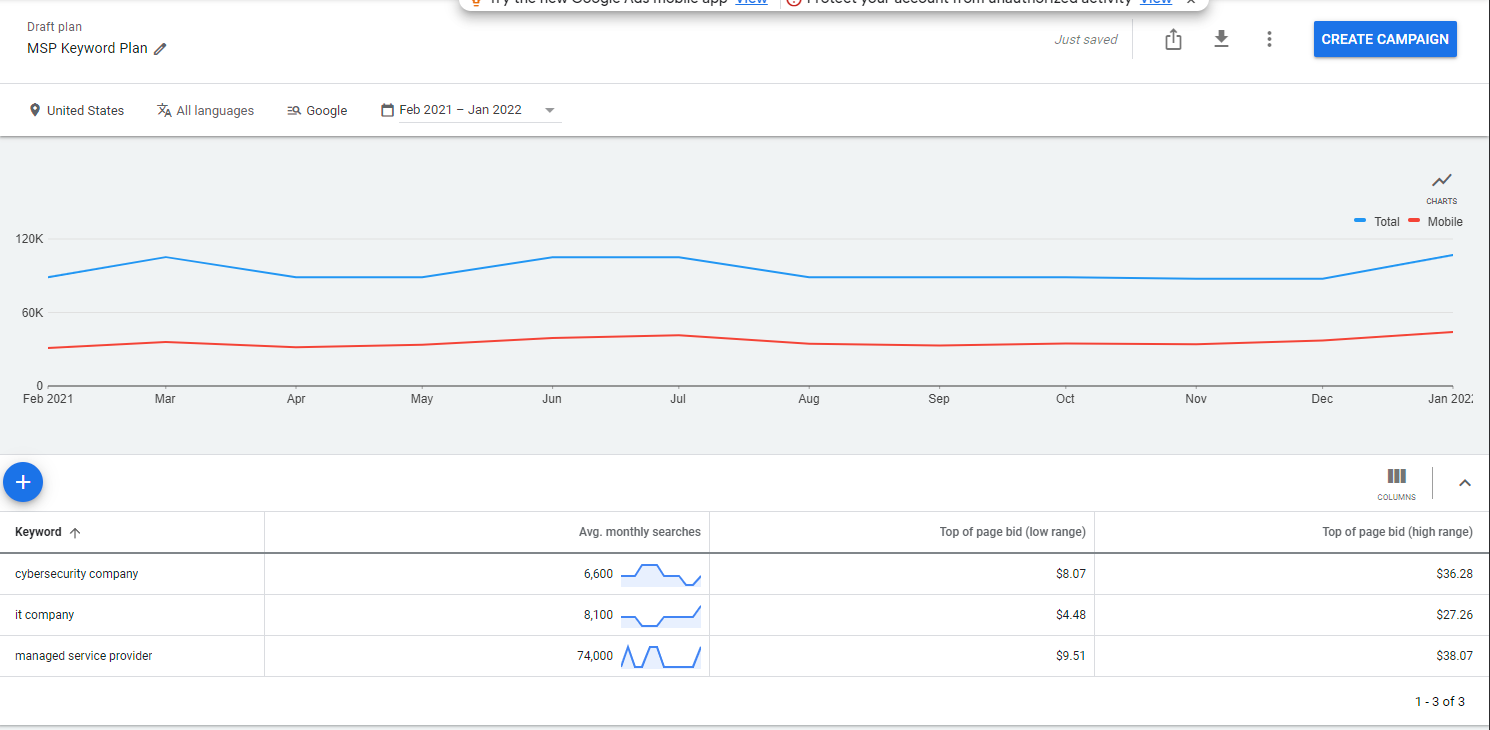
Since we know we want 10 leads per month and we are estimating it takes 20 clicks to generate 1 conversion we can estimate that we will need 200 clicks to reach our goal. 200 clicks at $23.79 average cost per click means we would need to allocate a budget of approximately $4,758 for the month.
Converting A Monthly Budget To A Daily Budget
There are approximately 30.4 days in any given month so when converting a monthly budget to a daily budget you would divide the number by 30.4. Our $4,758 monthly budget equates to a $156.51 daily budget.
Factoring In Click Through Rates And Search Volumes To Determine An Optimal Budget
In our graphic above we can see that there are approximately 75,000 searches per month for the term managed service provider across the U.S. so we can be pretty confident that there is enough click volume on that term to reach our goals. That said many paid search campaigns may target a single city or state or have more focused keywords with lower volume. In this scenario, there may not be enough available clicks to reach our goals when bidding on a single keyword. We may need to factor in click-through rates when estimating a required budget. We again can use a click-through rate of 5% as a baseline for estimation purposes.
Let’s say the term “managed service provider” only had 100 searches per month. In that scenario, we may estimate that we are only going to get approximately 5 clicks from that keyword. However we know that we need around 200 clicks to reach our goal of 10 leads per month, so we will need to prospect for additional keywords in order to reach our goals and run through these same exercises to develop a solid plan.
Understanding Search Impression Share Metrics
When planning a campaign, your plan is just that a plan. Keyword volume forecasts within the keyword planner are averages and so are the bid ranges. Your average cost per click and available impression inventory may vary from your initial plan and you’ll have to adjust accordingly. You can do this by looking at a few columns for your campaigns to get a better feel for how your campaign is performing.
- Search Impression Share | Search impr. share
- Search Impression Share Lost Due To Ad Rank | Search lost top IS (rank)
- Search Impression Share Lost Due To Budget | Search lost IS (budget)
You may need to add these columns to your campaign through the Google Ads UI.
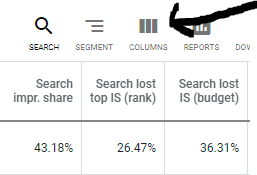
These columns will tell you how well your campaign is performing in terms of impression share penetration on your desired keywords in order to hit your goals. Search impression share is the total impression share you received during the selected time period relative to the available impressions. The lost to rank column tells you how many impressions you lost because your ad rank was too low, and the lost to budget metric tells you how many impressions you lost because your budget was exhausted for the day. You can use this information to understand whether or not you need to raise your budget or if your budget may be too high. I’ve found that a target search impression share in the 60-80% range is best when using an automated bidding strategy to prevent CPCs from skyrocketing. Expanding your base of keywords can help meet this target.
Final Thoughts
Setting an ideal budget can be a daunting task. If you aren’t an experienced PPC advertiser and you don’t plan to bring the skills in-house, working with a PPC consultant to develop an advertising plan will save you a lot of money both in the short term and definitely in the long run. A PPC consultant can advise you on keyword planning, budgets, and help tune your account to get the best results. Book a free consultation to discuss your advertising needs today and start generating more leads from the online channel.

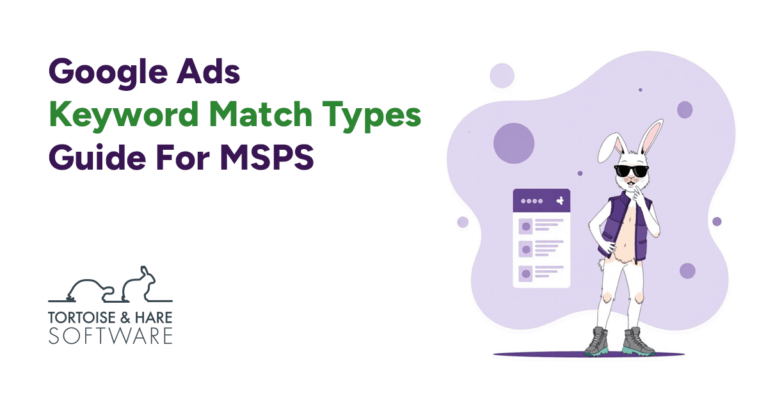
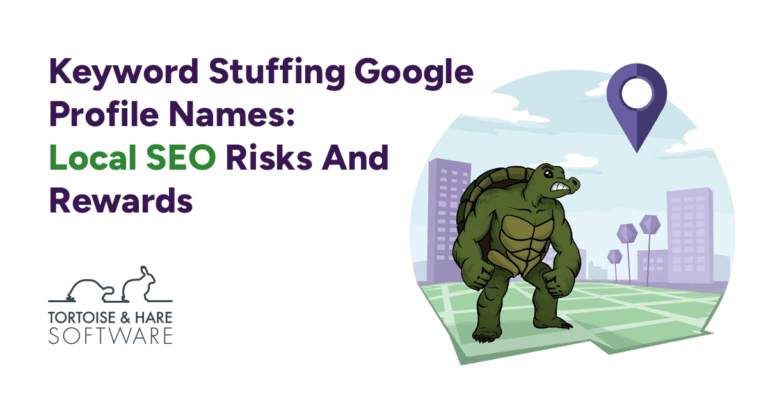

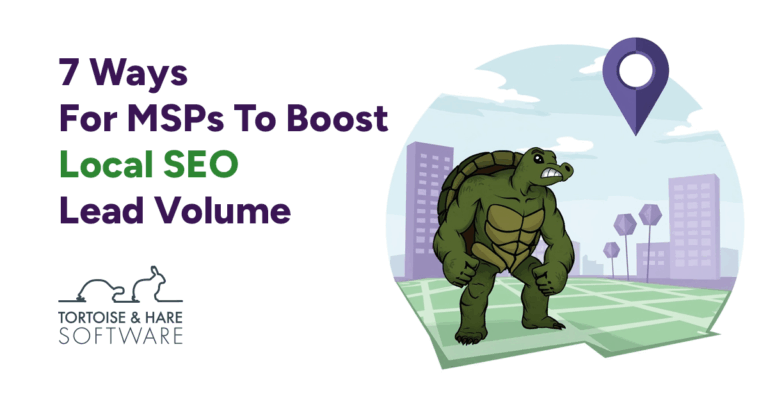
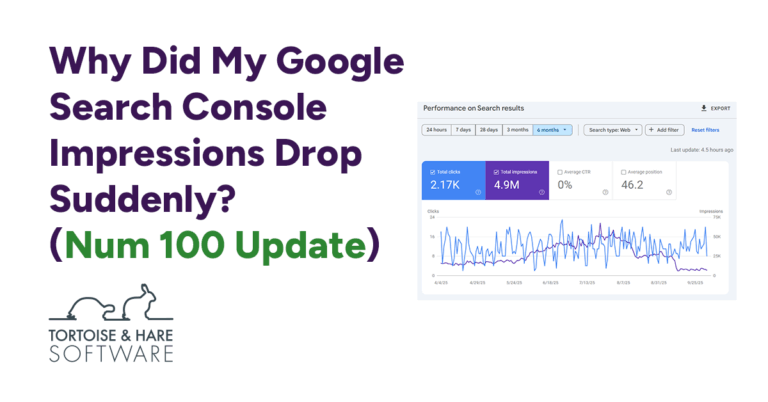
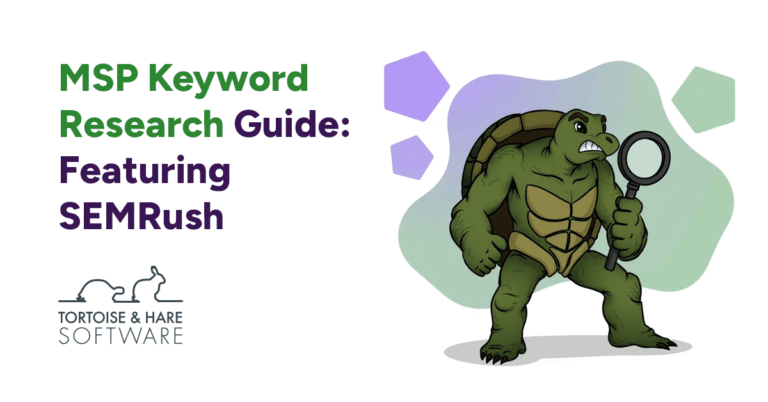
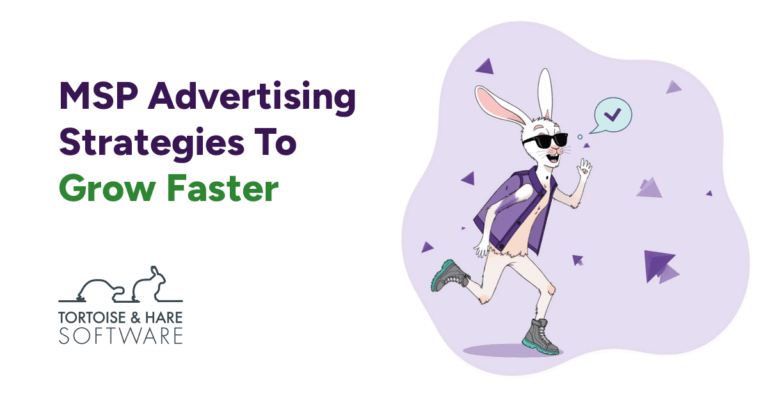
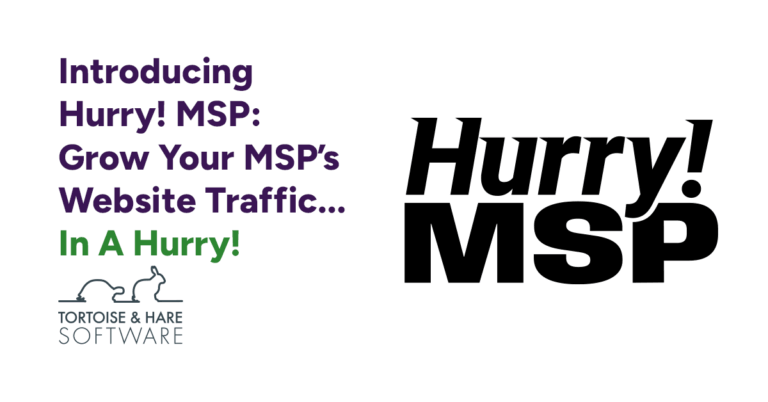
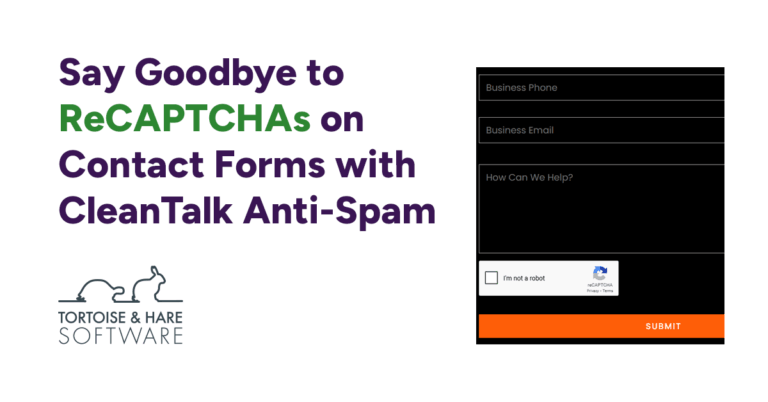
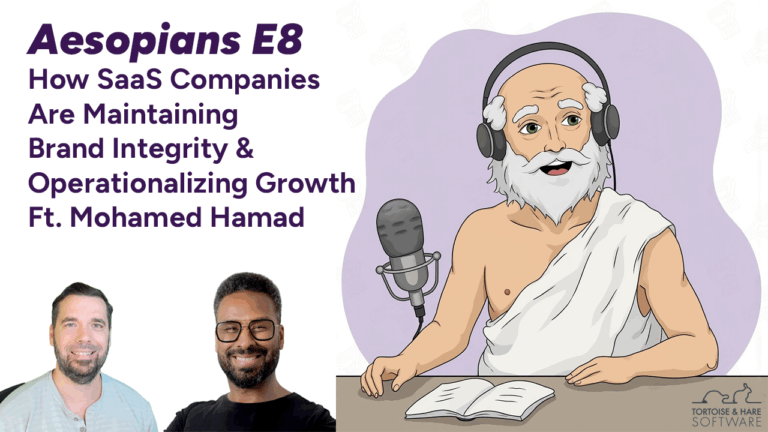
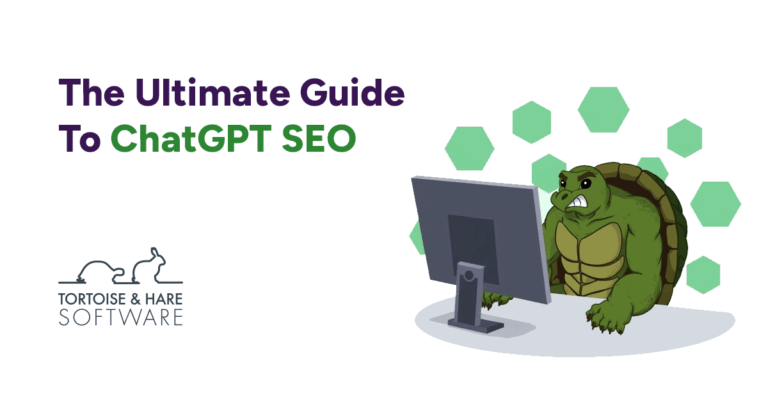
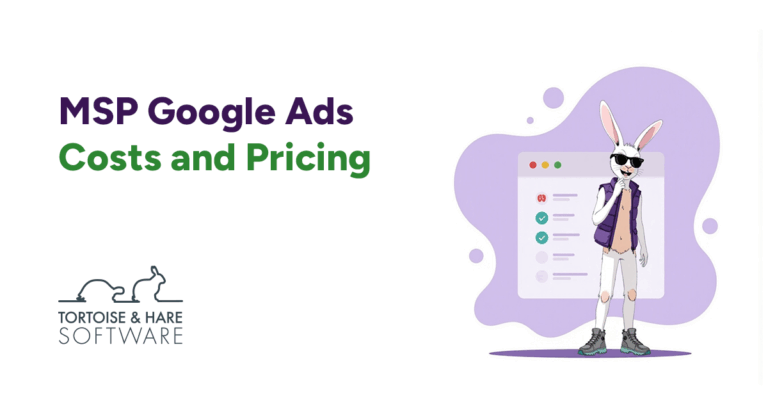
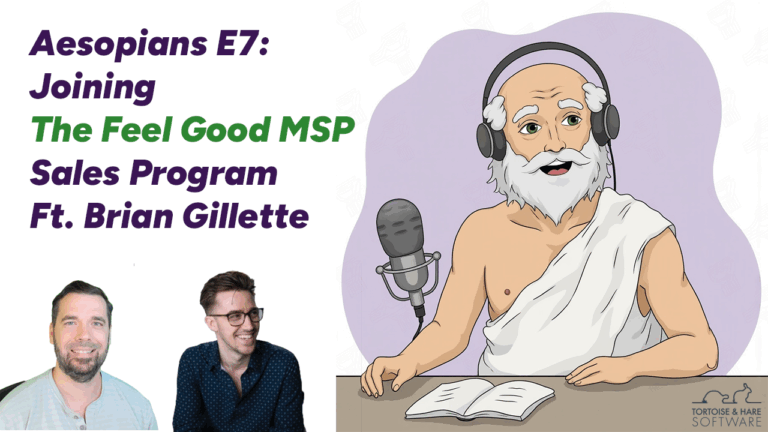
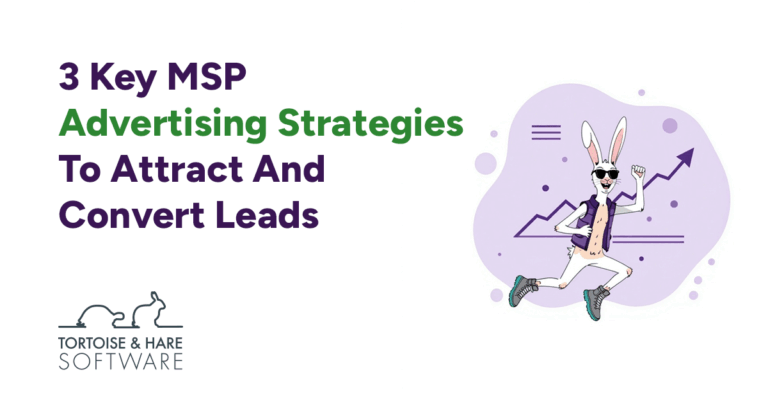
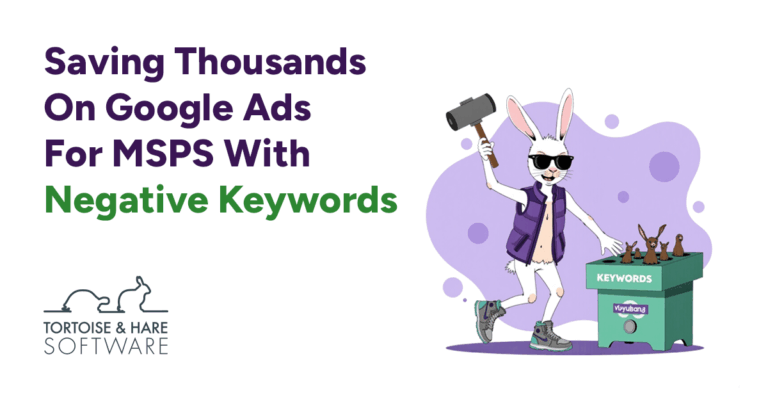
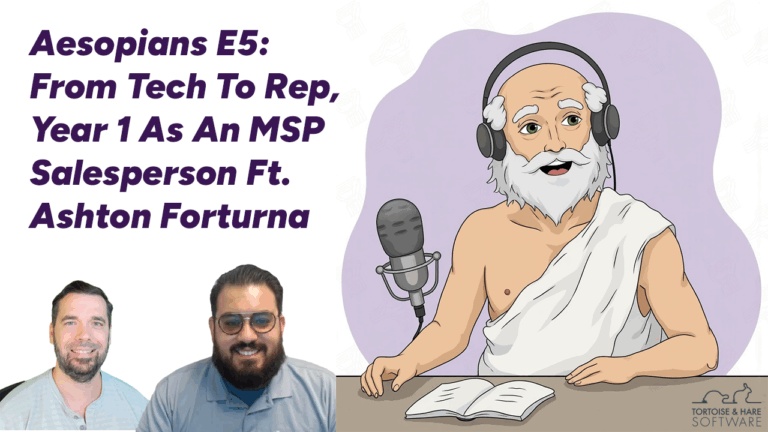

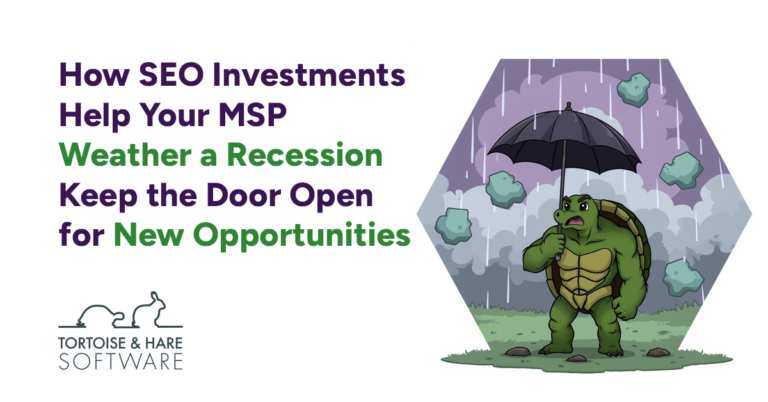
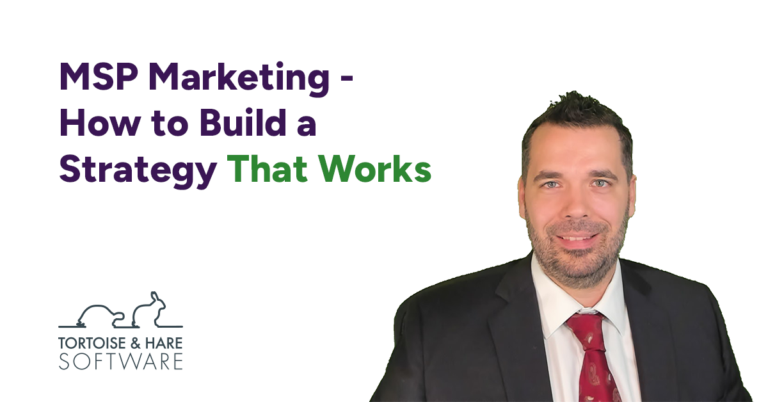




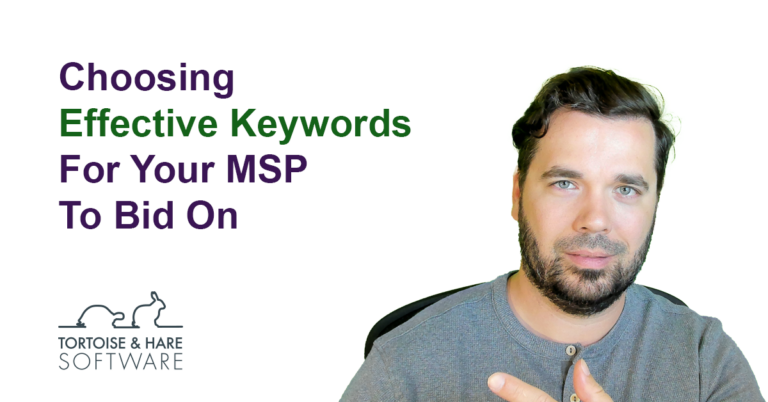




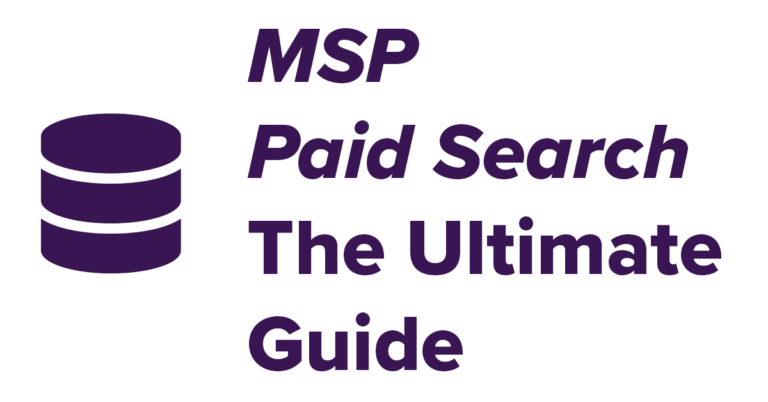
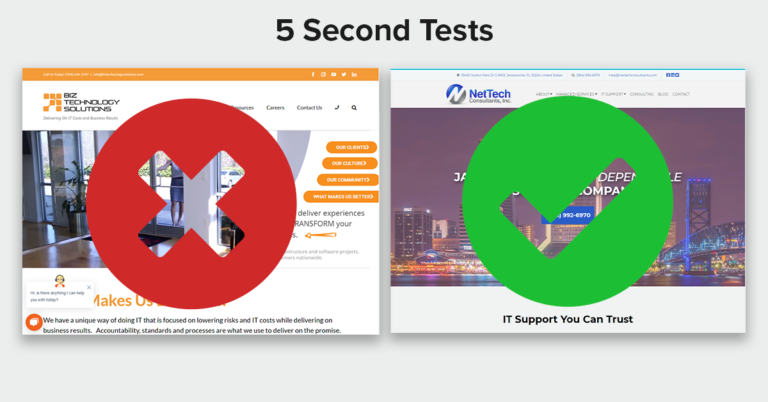






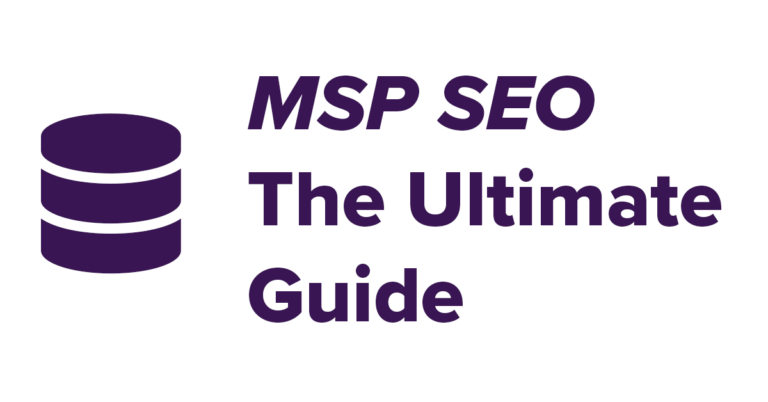


Leave a Comment